Peter Nikolaevich Polevoi - Russian Fairy Tales
Peter Nikolaevich Polevoi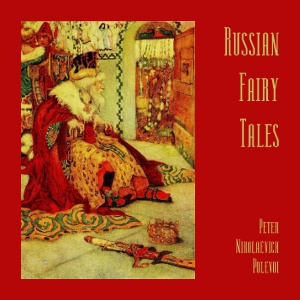
100%
Speed
Summary
The existence of the Russian Skazki or Märchen was first made generally known to the British public by Mr W. R. S. Ralston in his “Russian Folk-Tales.” That excellent and most engrossing volume was, primarily, a treatise on Slavonic folk-lore, illustrated with admirable skill and judgment by stories, mainly selected from the vast collection of Afanasiev, who did for the Russian what Asbjörnsen has done for the Norwegian folk-tale. A year after the appearance of Mr Ralston's book, the eminent Russian historian and archaeologist, Peter Nikolaevich Polevoi (well known, too, as an able and ardent Shakespearean scholar), selected from the inexhaustible stores of Afanasiev some three dozen of the Skazki, and worked them up into a fairy-tale book which was published at St Petersburg in 1874, under the title of “Narodnuiya Russkiya Skazki” (“Popular Russian Tales”). M. Polevoi did his work excellently well, and, while softening the crudities and smoothing out the occasional roughness of these charming stories, neither injured their simple texture nor overlaid the original pattern. It is from the first Russian edition of M. Polevoi's book that the following selection has been made. With the single exception of Morozko, a variant of which will be familiar to those who know Mr Ralston's volume, none of these tales had seen the light in an English dress before the publication of the first edition of my book; for though both Ralston and Polevoi drew, for the most part, from the same copious stock, their purposes were so different that their selections naturally proved to be different also. As to the merits of these Skazki, they must be left to speak for themselves. It is a significant fact, however, that scholars who are equally familiar with the Russian Skazki and the German Märchen unhesitatingly give the palm, both for fun and fancy, to the former. — Summary by Robert Nisbet Bain
Authorization
By logging in, you agree to the terms and conditions.



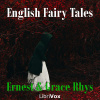

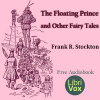
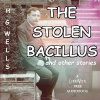


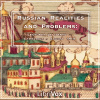

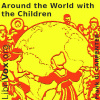
No comments